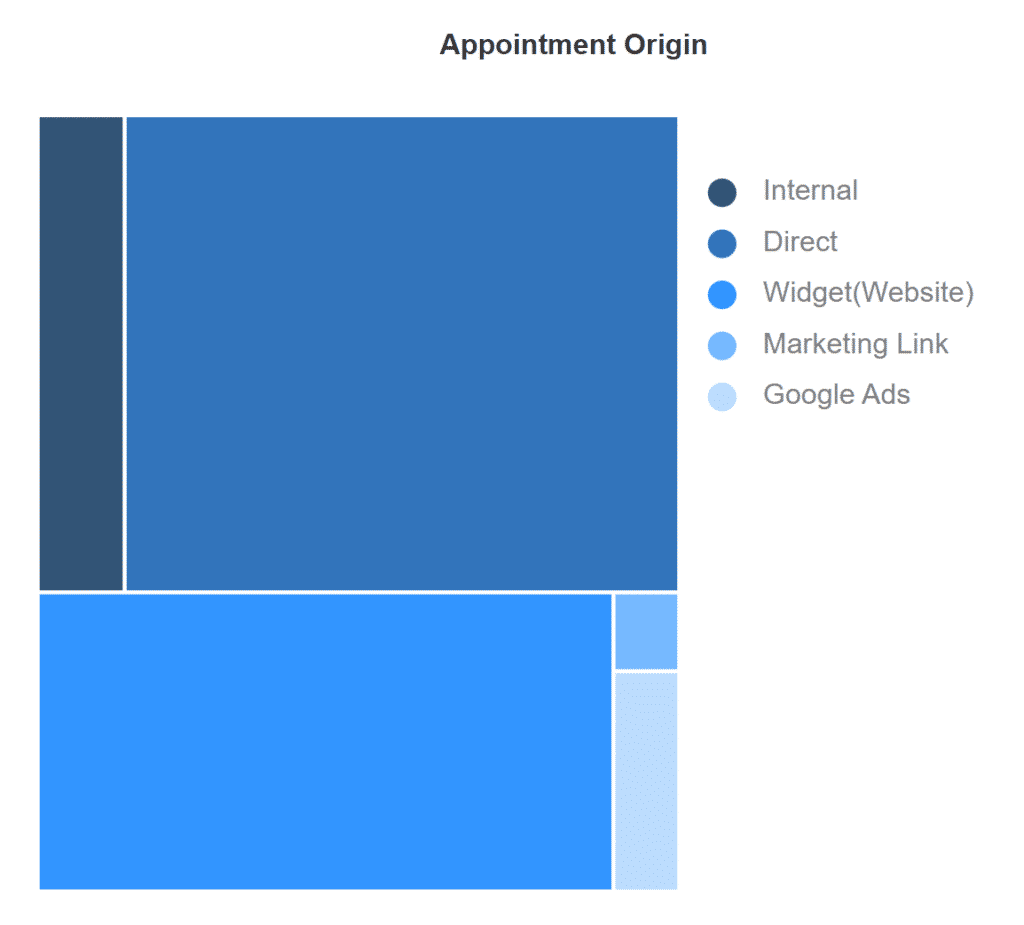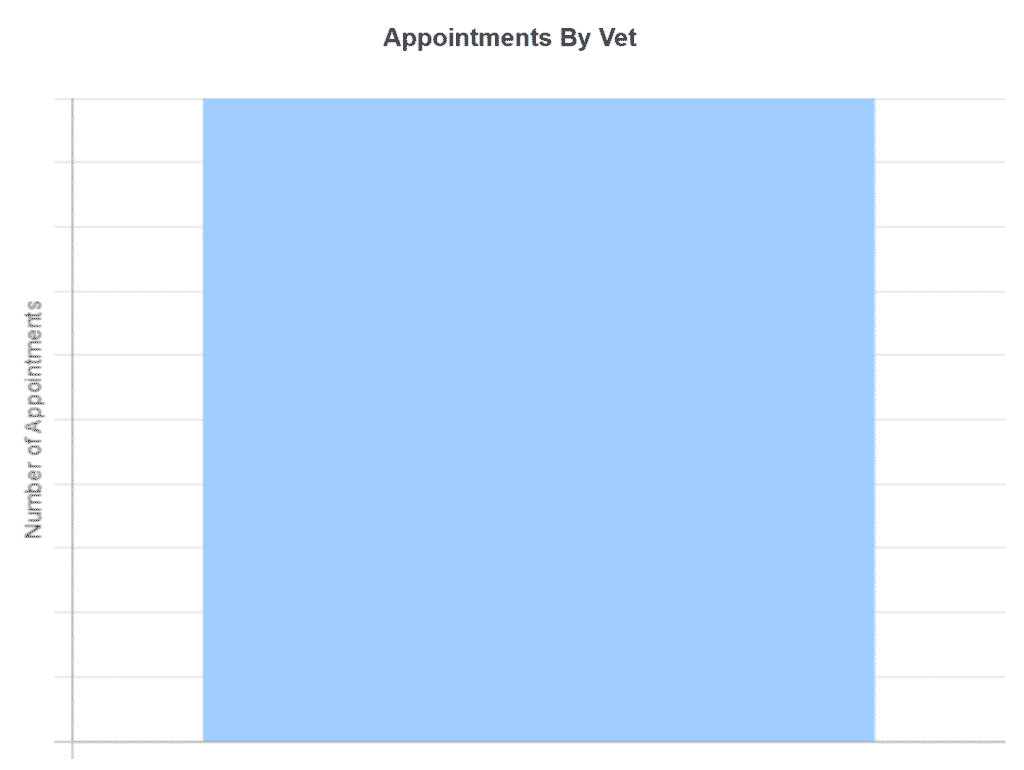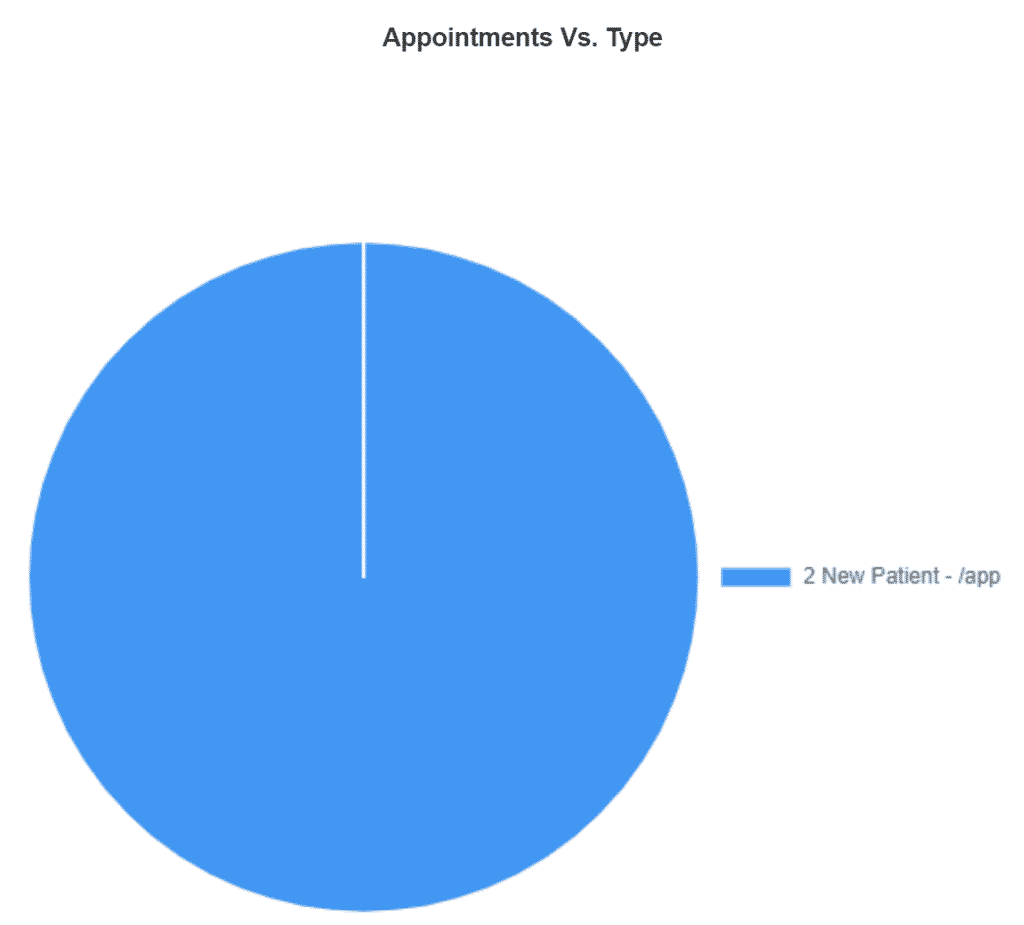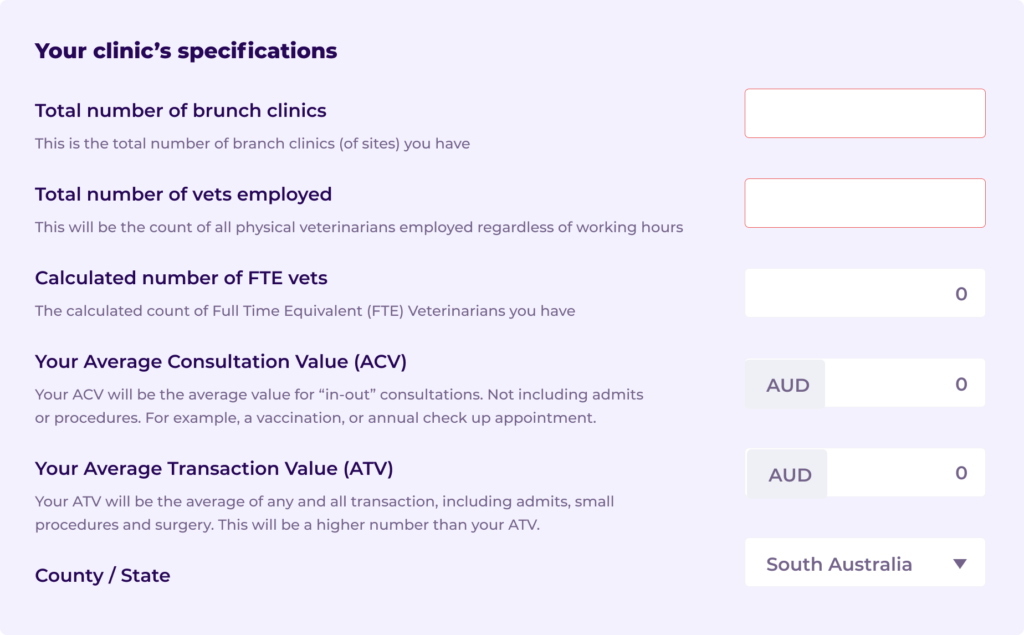Welcome to The Rabbit Hole of Veterinary Analytics!

Table of Contents
What is analytics, anyway?
Why should you care?
Analytics offered by Vetstoria
- Pet owner behavioral data
- New client-specific data
- Appointment-specific data
- Complete dropout analysis
- Benchmarking data
Best-practice tips
Is number crunching not your jam?
It’s hard to think that anyone enjoys it, but knowing which numbers matter and what matters to your veterinary practice can put you ahead of others.
This is where data and analytics come in handy.
What is analytics, anyway?
Gartner, a leading technology research and consulting company, says that data and analytics manage data for all uses (operational and analytical). Data analysis helps to drive business processes and improve business outcomes through effective decision-making and enhanced customer experiences. CIO, the self-proclaimed “voice of IT leadership,” defines it as the “discipline focused on extracting insights from data.” Its critical goal is to apply analysis and tech to find trends and solve problems.
The same applies to your veterinary practice, too, because day in and day out, you deal with a lot of pet owners. You’d, therefore, want to understand the following:
● How they came to know of your practice.
● How you get appointments.
● How many animals you are treating a day.
● What campaigns or activities can you run to get more clients.
Why should you care?
Whether you’re part of a veterinary group or an individual practice, you want to understand how your veterinary practice(s) performs.
Analytics helps you boost your process and cost efficiency by 60%, drive strategy and change by 57%, and monitor financial performance by 52% (source). It’s undoubtedly the best way to influence the decision-making of your veterinary practice or group, driving more revenue and growth.
Additionally, it helps you do the following:
● Offer better and improved services to pet owners.
● Run focused and targeted campaigns.
● Gain more customers.
Analytics that Vetstoria can provide your veterinary practice
Vetstoria offers descriptive analytics that helps you understand what has happened and what’s happening right now, allowing you to identify trends and patterns. As soon as you log in to the Vetstoria dashboard, you will get a quick glimpse of such data as the total number of appointments and dropouts, origin of appointments, and even the type of device used to book the appointment. You can even get a deeper understanding of how your practice has been performing weekly or monthly to see recurring trends.
Vetstoria offers four types of analytics and data to gauge your performance, including:
● Pet owner behavioral data.
● New client or pet owner behavior data.
● Complete dropout analysis and data.
● Appointment-specific data.
Pet owner behavior
Dive deeper into pet owner behavior by looking at the device with which they booked an appointment — if it’s via a social channel, website, or through a campaign that you conducted — so you can optimize your promotions accordingly.

You can also discover when they made their appointments as well as the week with the highest rate of bookings. Most practices have noticed that 30-40% of the total appointments are made outside of office hours because pet owners make appointments whenever possible — online booking to the rescue!
New client-specific data
Businesses, in general, are always interested in getting new clients and understanding how they can amplify those efforts. The same applies to your practice. To that end, Vetstoria helps you by providing the following statistics:
● Number of new clients you get weekly or monthly
● New client dropouts.
● Number of new clients that book appointments outside of office hours.
● Devices used to book the appointment.
● Origins of new clients.
Appointment-specific data
● Total number of appointments by date
You will be able to understand the total and the new clients you got by date -— either on a daily, weekly, or monthly basis — to identify any patterns.
● Appointment booked times
These show the most popular times that appointments are booked. The gray areas are “after hours,” which are designated by the practice, and the white represents standard office hours. Hover over each point to understand exactly how many appointments are made at each end.
● Traffic conversions
Once you plug in Google Analytics to your website and Vetstoria, you can identify the conversions of your website traffic until it converts to a booked appointment.
● Most booked vet

You can hover over the graph to determine which vet has booked the most appointments. This may indicate that it would be better to change the office hours or offer different time slots with specific vets.
● Most booked species
Find out what type of animal gets the greatest number of appointments.
● Appointments versus type

This shows the number of appointments per type of appointment. It helps you understand which appointment types are most popular and which appointments pet owners associate with your practice. It also offers insight into whether you should push the least popular appointments via our digital marketing capabilities.
Complete dropout analysis
This means understanding how pet owners felt about the booking experience. Some insights include whether they found a suitable time slot or appointment type. Understanding the various reasons why a pet owner drops out during the booking process helps you improve the experience to drive a better completion rate. Find further information such as the total number of dropouts on a weekly basis, the device on which the appointment was booked, and the origin of the appointment.
● The total number of dropouts
● Appointment booked device
● Appointment origin
The origin of your revenue or appointments are data that any business would want to know to amplify promotions.
Benchmarking data
Want to learn how your practice fares compared to other Vetstoria users in your area? With benchmarking, you can get aggregated anonymized data of Vetstoria users so you can compare such statistics or percentages as:

● Total number of appointments.
● Total number of new clients.
● Total percentage of appointments booked outside of office hours.
● New clients booked outside of office hours.
These metrics are a great way to understand how your practice is doing and see where you need to improve.
Best-practice tips
It’s good practice to check up on your practice regularly. We recommend conducting weekly checks to monitor appointment counts, new clients, and dropouts so you can offer a better booking flow to pet owners. Then, every month, we suggest checking in with the Vetstoria customer success team to discover what each of these data points means and what you can do as a practice to improve.
What’s next?
Analytics can feel dull from the outset, but it’s equipped to be the most powerful tool at your disposal if you use it right. Applying the gathered insights helps identify trends and patterns about your practice, understand pet owners better, and earn more revenue. If you would like to learn more, visit our analytics page.
If you want to see how this data would look for your practice, feel free to book a one-on-one consultation with product specialists.
Are you an existing Vetstoria user? Schedule some time with our friendly customer success team to learn how you can optimize your performance.
Book a Demo
About the author
Ishara Naotunna
Ishara heads product marketing at Vetstoria working on positioning & messaging, launches, sales enablement, and overall go-to-market strategy. The rest of the time, she’ll be found reading, listening to Dave Grohl, and playing with her 3 dogs.
